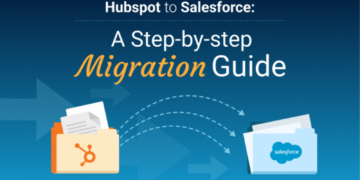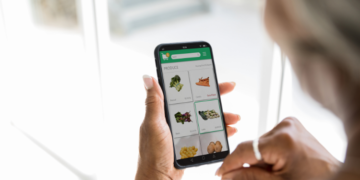
Neurodivergent students, disabled students, and students from different backgrounds to their teachers all deserve the same high-quality standard of education as those without additional learning needs. The good news is that society, as a whole, has recently taken massive strides in increasing awareness around many misunderstood conditions, bodies, and cultures, but the shift is just getting started. A great way to improve society and fairness as a whole is to start in the classroom. Teachers can do so much for their students with the right knowledge and toolset, and this guide can help direct you on where you can get started.
Further Your Training to Teach a Diverse Range of Students
Understand what demographic you are primarily teaching and improve your training so that you can increase your effectiveness and be a better teacher for your students. If you live in an area where many students are either 1st or 2nd generation immigrants, for example, acknowledge that English is likely their second language. You could earn an English as a second language degree, which will help those who already are licensed professionals to serve linguistically and culturally diverse students in PreK to grade 6 classrooms. Even if a student was born in the city, for example, they might not be exposed to a lot of English by the time they come to your classroom. Knowing how to teach these students can make a huge difference towards helping them learn and feel included.
Start Your Year with a Form
There are many great inclusivity forms out there that help students safely explain a few key things about themselves privately. This includes everything from who to call, what their pronouns are, and more. These forms should be filled out by every student and used by the teacher to help treat each student with greater levels of respect and dignity.
Offer Essentials
Work with other teachers to create a supply of school and sanitary essentials. If you teach preteen girls, for example, having period products in your drawer can help immensely if they have forgotten or are one of the many who live in period poverty. There are many organizations and stores that even help with this. Staples, for example, has a program that helps teachers get money donated by parents who already shop at Staples. This unique rewards program costs nothing but can give a teacher the ability to stock up on essential classroom supplies.
Make it Easy for Students to Get Extra Help
A great way to get students the extra help when and if they need it is to have a system where they can let their teacher know. If you have a math worksheet you want them to complete, you can have three bins for when they need to submit their work. The first can be for students who understood the worksheet perfectly. The second is one that understood most but not all of the worksheet. The third for those who want direct help. If you can have a section or just a box next to the questions for students to tick if they don’t understand it, you have a better understanding of what should be repeated in more depth next lesson.
























































